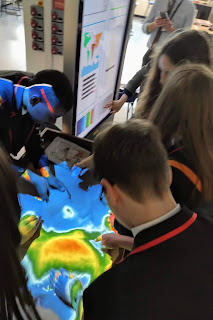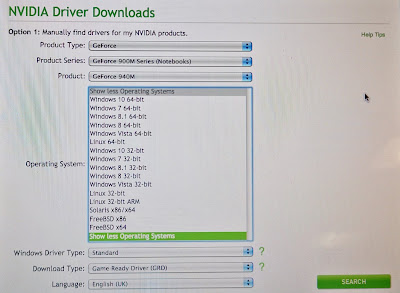Week 1 Progress
This is Week 1 of the AR sandbox project during the summer period. Some pre-work was done in this week.
Members and Participants
There are more than ten students from a high school, aged from 12 to 16, participating in the project. They visited the lab and played the sandbox game on the first day (3rd June). They shown great interest in the game and will learn further about the project in the next few weeks. Finally, they could build a new sandbox device by themselves. Thus, explicit instructions are required.
 |
| Figure 1: Students were playing the sandbox game |
Main Purposes
What was done this week
1. Introduce the sandbox to the high school students
2. Check the already done parts of the project, which can be successfully executed on a computer.
3. The program can be executed in a PC so that in any PC it can be run.
4. The main hardware structure and how they connect with each other were identified.
5. The logical coding structure and the class relationship were learned in general.
6. The possibility of improving the software part was estimated. A new version of software with extra functions might be possible.
Figure 2: Display of the current version of the sandbox
Problems:
1. The cable lines are exposed outside and a bit messy, which is dangerous.
2. The main frame to fix the camera and projector is separate from the sandbox table. Then, it might be difficult to move the whole device to another place, e.g. upstairs or downstairs.
3. The codes from Davis might be better with extra raining functions. However, it could only execute on a Linux system.
 |
| Figure 3: The current arrangement of cable lines |
 |
| Figure 4: The separate parts of the frame |
 |
| Figure 5: The calibration step |
What will be done next week
1. Introduce some details of the sandbox to allow them know the operational principles further.
2. Reconstruct the hardware part to combine the two separate parts together, so the sandbox could be easily movable.
3. The board for calibration purpose should be necessary, so a matched-size box can be added on one side of the table to place the board.
4. Install a Linux Mint System on a computer to try the new codes and functions. Compare the new one and the current one and decide which is better.




Comments
Post a Comment